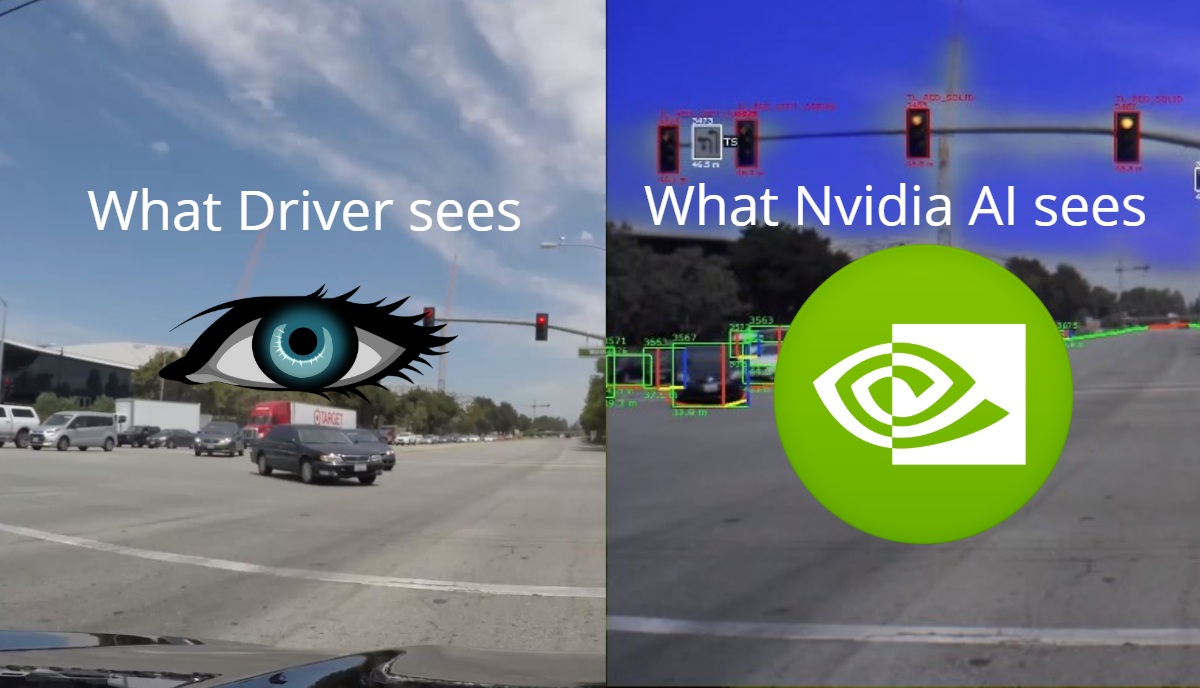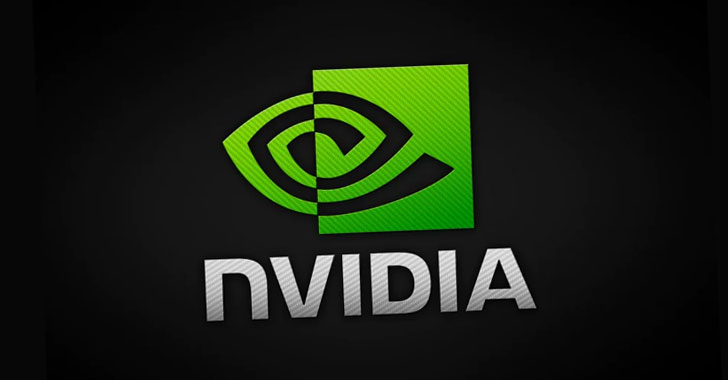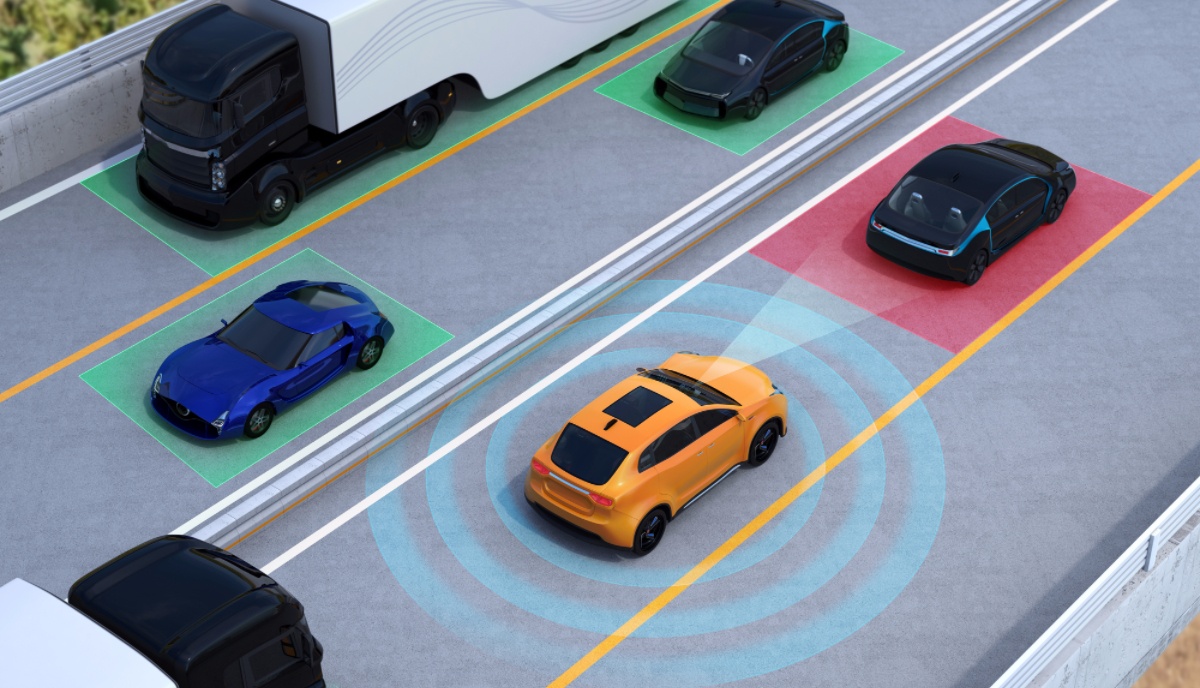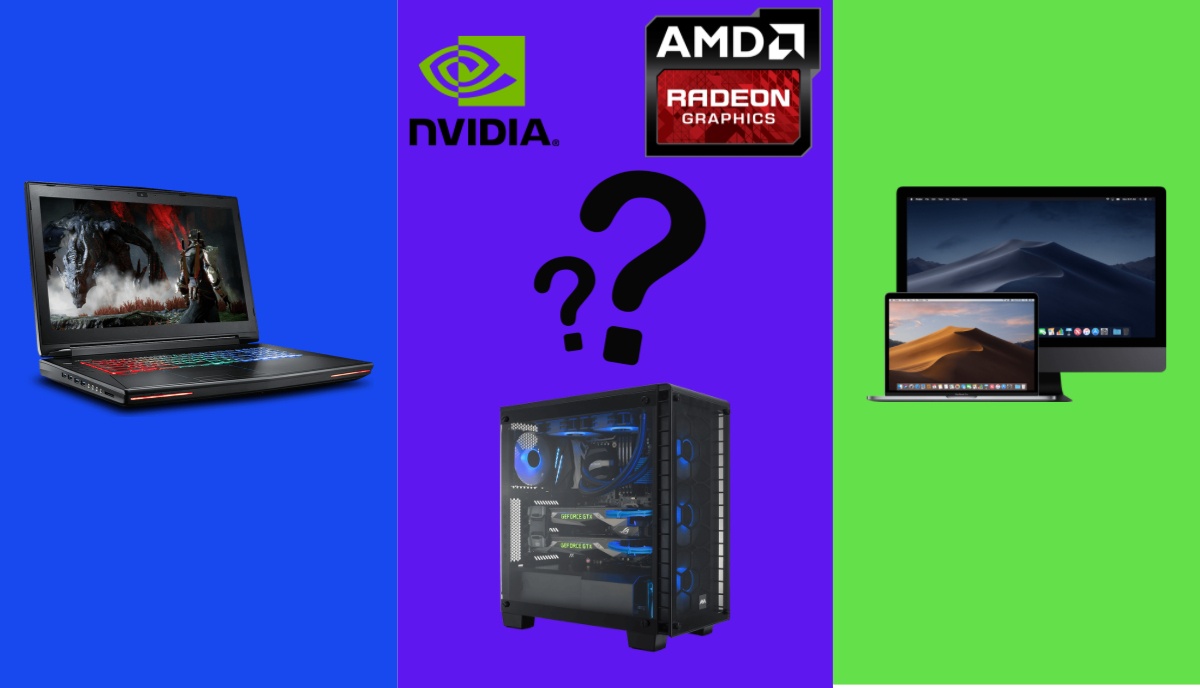Nvidia’s self-driving car is currently being tested extensively and the question is – should Tesla be worried? Nvidia recently revealed a video showcasing the capabilities of its latest DRIVE AV software.
The software is able to incorporate several layers of open source software capable of enabling self-driving technology in cars. In the above-mentioned video from Nvidia, the exact working of its self-driving car show was showcased.
Nvidia’s Self-Driving Car
The self-driving software from Nvidia divides its tasks into three main categories:
- Perception
- Localization
- Planning and Control Software
Perception is the process by which Nvidia’s AI tech converts raw image data into a semantic understanding of the world. Nvidia’s self-driving software is able to do this with the help of Xavier SoC which can take in a lot of visual data at a high speed. It is also capable of identifying street signs, pedestrians and everything else on the road under a variety of weather conditions like rain, darkness, etc.
Perception utilizes several Deep Neural Artificial networks (DNN) to understand the world around itself and the car. Some of the DNNs utilized during Perception include:
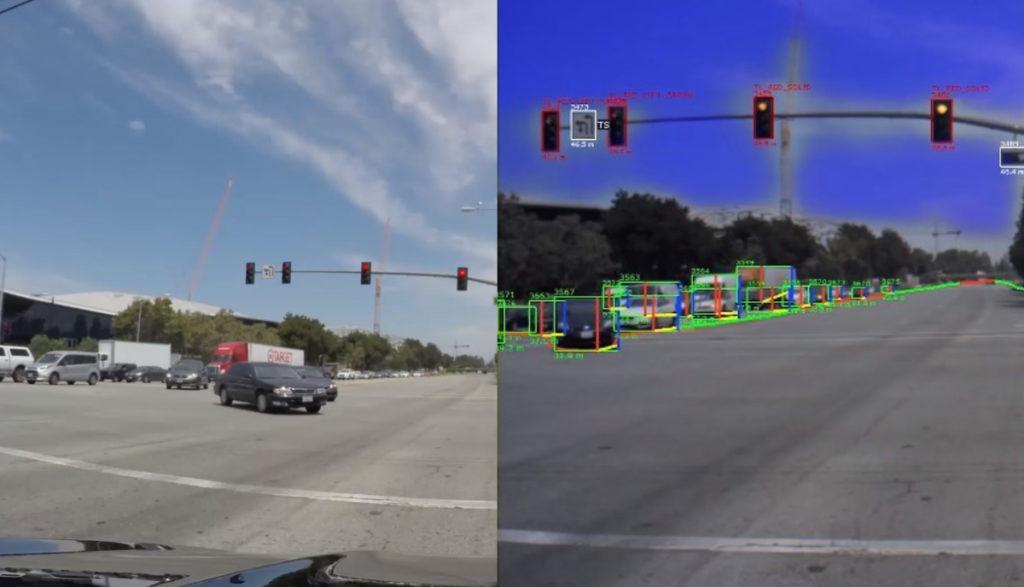
- Open Road Net – To detect open areas and roads
- Sign Net – To detect and classify road signs
- Light Net – In traffic light identification and color identification
- ClearSight Net – It works passively and uses 4 cameras to look around
- Drive Net – It identifies and classifies moving objects, distinguishing cars from pedestrians and labeling them differently.
- Wait Net – To detect intersections, traffic light detection, and sign detection. Upon successfully identifying it sends a signal to the Light net and Sign Net.
The next part of Nvidia’s self-driving ability is the DRIVE Localization. Its main objective is to make the self-driving car aware of its location on the map within inches of error margins. Nvidia’s self-driving software is able to achieve precise location detection using easily available technologies.
For example, Nvidia’s self-driving car is equipped with 4 cameras, a GNSS (Global Navigation Satellite System) receiver, speedometer (inbuilt in the vehicle), and an IMU. The self-driving hardware setup is similar to Tesla’s electric cars.
Similar to Elon Musk, Nvidia doesn’t seem to rely on LIDAR technology to enable self-driving tech. Tesla mainly relies on high-speed cameras, AI driving software and RADAR to make its cars autonomous.
In Nvidia’s self-driving car, Xavier Soc utilizes its Deep Learning Accelerator and CUDA engine to overlay sensor data over a third party map. Nvidia uses a number of third party HD maps from HERE, Baidu, Tomtom, and Zerin.

When Nvidia’s self-driving car enters the highway, the Path Perception Ensemble Drive Labs Episode 1 takes over. It switches the Automatic Cruise Control and Lane Keep to ON in order to engage self-driving.
While self-driving, the Planning & Control software executes autonomous driving maneuvers using a combination of the above-mentioned DNNs. For example, Drive net detects the boundaries of nearby cars and the Openroad net detects the distance between your car and the next one.
Through a combination of this, Path Perception forms a boundary around each moving vehicle called an ‘object fence’. This is useful in identifying vehicles traveling in different lanes. Each lane is color-coded in the software for easy detection.
Nvidia’s Self Driving Software vs. Tesla Autonomous AI
Recently Tesla also updated its self-driving software in its latest software update 28.3.1 2019. The new update brings in updated Air Suspensions Dampening for the Model S and Model X. However, more importantly, the new update improves the self-driving capabilities of Tesla electric cars quite significantly.
Furthermore, a Reddit user recently reported the performance of the new Tesla self-driving AI in a social media post. The video showcased a Tesla Model 3 SR+ doing lane merging by faking a turn and making space for itself in the busy traffic.
This proves that Tesla is making significant strides towards developing a competent self-driving AI. However, Nvidia isn’t far behind, the above-discussed road test cements the chip maker’s capability in self-driving technology.

